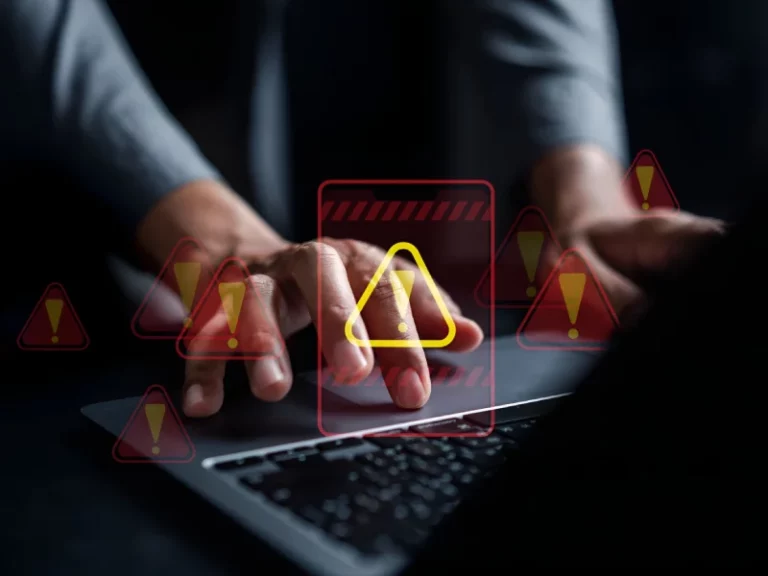In today’s threat-saturated digital landscape, the way an organization handles a cybersecurity incident can mean the difference between rapid recovery and devastating fallout. Incident handling is not just a technical process but a coordinated, strategic response that aligns people, processes, and tools to minimize damage and restore operations. Whether it is a phishing attack, ransomware, or a major data breach, swift and structured incident handling transforms chaos into control. This article dives into what makes incident handling effective, how organizations can prepare for it, and why no business, big or small, can afford to overlook it.
Why Incident Handling is a Strategic Imperative
Gone are the days when cyberattacks were rare events. In the current environment, it is not a matter of “if” an organization will experience an incident, but “when.” Without a proper handling process in place, companies risk not only financial losses but regulatory penalties, reputational damage, and erosion of customer trust.
Incident handling goes beyond responding to alerts. It encompasses detection, containment, eradication, recovery, and post-incident learning. When approached strategically, it empowers organizations to reduce response time, make informed decisions under pressure, and prevent recurrence.
Key Phases of Incident Handling
An effective incident response lifecycle ensures that threats are managed with consistency and clarity. Before exploring these phases, it is important to recognize that success in incident handling comes from preparation, not improvisation. Every phase must be thought out in advance, practiced regularly, and executed with precision when the time comes.
Each stage builds upon the last, forming a robust framework:
- Preparation – Establish policies, assign roles, train teams, and implement preventive measures.
- Detection and Analysis – Identify the incident through alerts, logs, or user reports and assess its impact.
- Containment – Isolate affected systems to prevent the attack from spreading.
- Eradication – Remove the threat from all affected assets while preserving evidence for investigation.
- Recovery – Restore systems to normal operation, validate integrity, and monitor for re-infection.
- Post-Incident Review – Analyze the incident to identify gaps, improve future response, and document lessons learned.
Common Gaps That Undermine Incident Response
Even with a response plan, many organizations falter due to overlooked weaknesses. Recognizing and addressing these gaps early can greatly enhance your cyber resilience. Understanding these pitfalls helps organizations improve their readiness and ensure that their incident response plans are not just theoretical documents but real tools for action.
- Unclear Roles and Responsibilities – Confusion during an attack leads to delays and poor decisions.
- Lack of Communication Protocols – Failure to notify key stakeholders in time can worsen the impact.
- No Simulation or Testing – Without real-world testing, teams may freeze under actual pressure.
- Inadequate Logging and Monitoring – Missing or weak data makes analysis and response less effective.
- Overdependence on Tools Alone – Tools can alert, but only skilled teams can act meaningfully.
Final Thought: Partnering for Preparedness
While tools and policies are essential, true incident resilience is built on a proactive culture. Encouraging awareness, training, and continuous improvement transforms your team into a security-first workforce. No matter how comprehensive an organization’s strategy is, the ever-evolving threat landscape demands continuous support, improvement, and expert insight.
That’s why Terrabyte stands as a trusted partner in the cybersecurity space, helping organizations enhance their incident-handling posture with robust tools, consultation, and awareness programs tailored to their needs.
Contact Terrabyte today!




